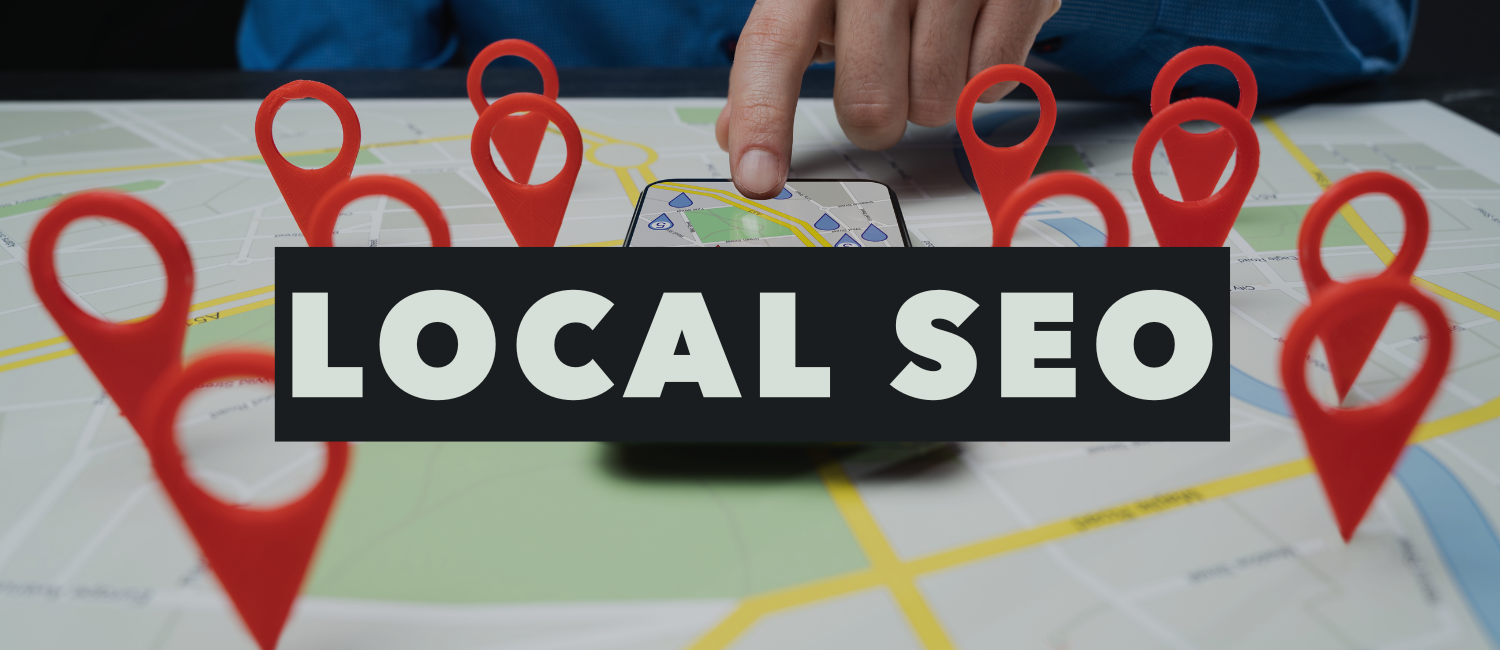In the digital age, businesses of all sizes have turned to online platforms to reach their customers. But what about those businesses that rely heavily on local customers, like your favorite coffee shop or the go-to hair salon in your neighborhood? This is where local SEO plays a pivotal role. If you’re looking to dominate the local search results, this comprehensive guide is for you. We’ll explore what local SEO in digital marketing entails, its importance, and actionable steps to build a winning strategy.
What is Local SEO in Digital Marketing?
Local SEO, or local search engine optimization, is the process of optimizing your online presence to attract more business from relevant local searches on Google and other search engines. These searches often have a specific intent, such as “best pizza near me” or “plumbers in Chicago.” By focusing on local Search Engine Optimization, businesses can connect with their target audience in their geographical area and stand out in local search results.
For example, when someone searches for “bookstores near me,” the businesses that appear in the top results have likely implemented an effective local SEO strategy.
Why is Local SEO Important?
Increased Visibility:
Local Search Engine Optimization ensures that your business appears on the first page of local search results, increasing the chances of being found by potential customers.
Drive More Foot Traffic:
For brick-and-mortar stores, ranking high in local searches can lead to more walk-in customers.
Higher Conversion Rates:
Better Customer Trust:
Types of Local SEO
1. On-Page Local SEO:
2. Google My Business (GMB):
3. Local Citations:
4. Reviews and Ratings:
5. Mobile Optimization:
Local SEO Checklist: How to Get Started
1. Set Up and Optimize Google My Business (GMB):
- Verify your GMB listing.
- Use accurate and consistent NAP (Name, Address, Phone Number) details
- Add business hours, photos, and a compelling description with local keywords.
2. Keyword Research:
- Use tools like SEMrush or Ahrefs to identify local keywords, such as "best Italian restaurant in Brooklyn."
- Incorporate these keywords naturally into your website content.
3. Optimize Your Website:
- Create location-specific landing pages.
- Add structured data markup to highlight local details.
- Ensure fast loading times and mobile responsiveness.
4. Build Local Citations:
- Ensure your business information is consistent across all online directories.
- Focus on industry-specific directories for additional visibility.
5. Encourage Reviews:
- Request reviews from satisfied customers.
- Respond to reviews—both positive and negative—to build customer trust.
6. Use Local SEO Tools:
- Tools like BrightLocal and Moz Local can simplify managing your local SEO efforts.
How to Do Local SEO for Beginners
- Claim Your Google My Business Listing: This is a simple yet effective way to ensure your business appears in local search results.
- Leverage Social Media: Keep your social media profiles active and ensure they are linked to your website.
- Focus on Local Content: Create blog posts, videos, or guides centered on local events, news, or issues that resonate with your audience.
- Monitor Analytics: Use Google Analytics and Google Search Console to track how your local Search Engine Optimization efforts are performing.
Real-World Examples for Small Businesses
- A Neighborhood Bakery: A small bakery in Los Angeles optimized its GMB profile, added high-quality photos, and actively collected customer reviews. Within months, their online visibility improved, and they saw a 30% increase in foot traffic.
- A Family-Owned Plumbing Company: By using local SEO tools like Moz Local, the company ensured its details were consistent across directories. They also targeted local keywords such as "emergency plumber in Boston," leading to a significant rise in inquiries.
- A Boutique Fitness Studio: This studio created location-specific landing pages and blog posts featuring local fitness events. Their local SEO strategy not only boosted online bookings but also strengthened their community presence.
Future Trends
- Voice Search Optimization: With the rise of smart speakers, optimizing for voice queries like "Where is the best coffee shop near me?" will become more critical.
- Hyperlocal Targeting: Tailoring your SEO strategy to specific neighborhoods or zip codes.
- Video Content for Local SEO: Creating videos featuring local landmarks or events to enhance engagement.
Conclusion
Mastering local SEO is essential for businesses looking to thrive in their local communities. By following a structured local SEO checklist and leveraging tools, small businesses can achieve impressive results. Whether you’re new to this or looking to refine your strategy, remember that consistency, customer engagement, and a deep understanding of your local audience are key. So, start optimizing today and watch your business shine in local search results!

